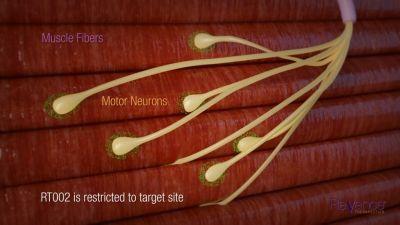Botulinum toxin, commonly known as Botox, has been a popular anti-wrinkle treatment in the cosmetic industry for over 20 years. While there hasn’t been any revolutionary change in its use, there have been advances in its chemical structure and clinical applications.
One breakthrough technology has recently emerged – a topical Botox that can be applied to the skin without injections. This is made possible through the use of a patented TransMTS Peptide technology that allows the Botox to penetrate deep into the muscle through the skin. In a Phase 3 Clinical trial, the drug, called RT001, was applied to the crow’s feet area of the face, and after four weeks, significant improvements were observed compared to those who applied a placebo cream.
While it is still uncertain how long the effects of this topical Botox would last, it is a promising development that could potentially change the way the treatment is administered. However, deeper muscles such as the jaw and calf muscles will still require injections for optimal results.
Another Botox derivative, RT002, is also being developed using the same TransMTS Peptide technology. This injectable Botox claims to stay in the injection site longer, making the effects more long-lasting. Clinical data shows that after six months, 80% of patients still had significant improvements in their frown lines, and 60% had no or minimal wrinkles.
Despite these advancements, the most effective treatment for dynamic wrinkles still remains the traditional injectable Botox. But with these new technologies, the possibilities for improved treatment options are endless. As with any new development, we will need to wait for more clinical data and FDA approval before knowing the full potential of these advancements.

